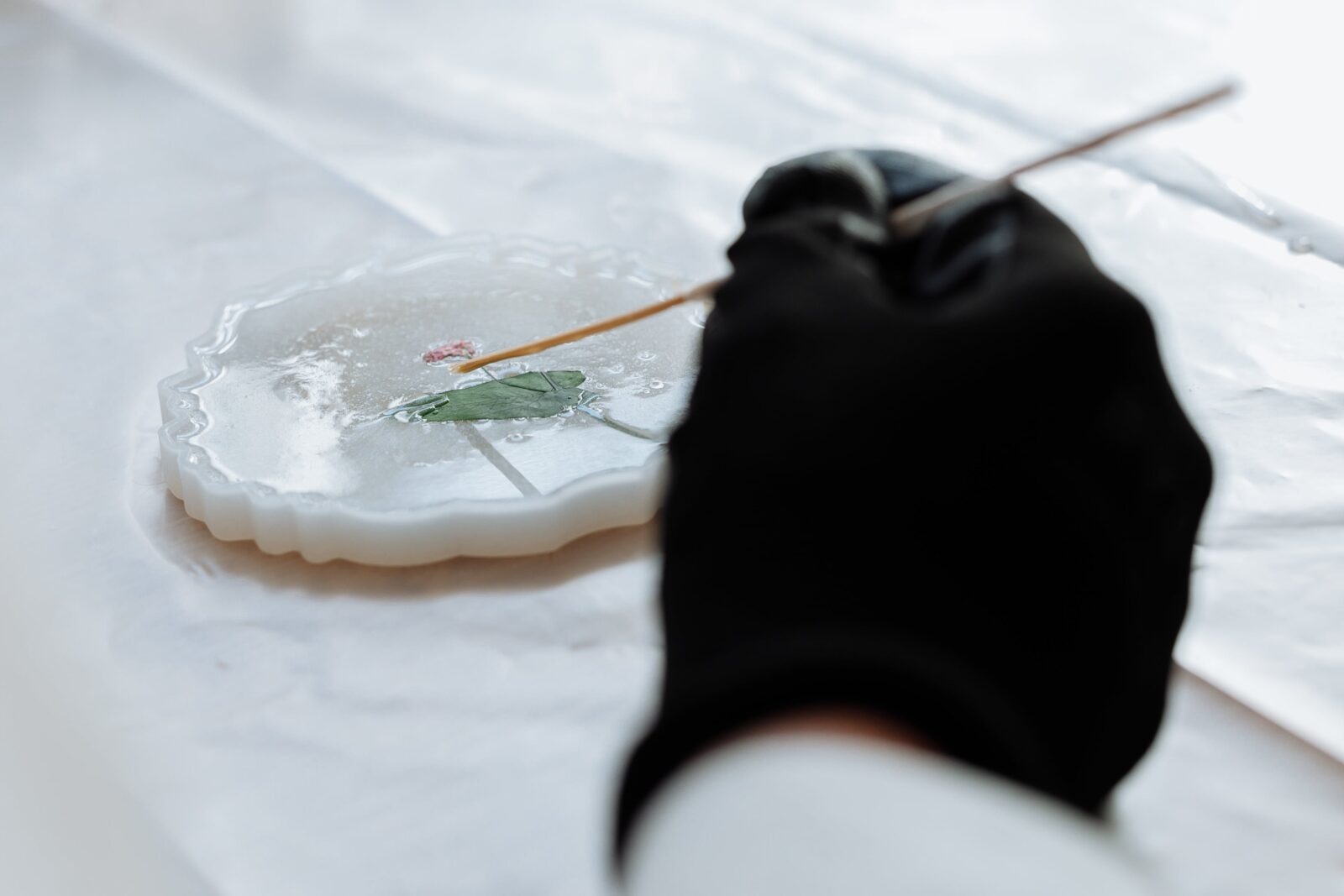Welcome to the enchanting world of resin art, where creativity knows no bounds and masterpieces come to life! Resin art has taken the art world by storm, captivating both artists and enthusiasts alike with its mesmerizing beauty. But have you ever wondered how these breathtaking pieces are created? The secret lies in the magic of moulds.
In this blog post, we will uncover the crucial role that moulds play in transforming resin into stunning works of art. From exploring different types of moulds to discovering common mistakes to avoid, we’ll delve into all aspects of using moulds in resin art. So get ready to be spellbound as we unlock the secrets behind creating resin masterpieces!
The Role of Moulds in Creating Resin Art
Resin art is a captivating form of artistic expression that allows artists to create stunning and unique masterpieces. One key element in the creation process is the use of moulds. Moulds play an essential role in shaping and defining the final outcome of resin art pieces.
When it comes to creating resin art, moulds act as a canvas for the artist’s imagination. They provide structure and shape, giving artists the ability to unleash their creativity within defined boundaries. The possibilities are endless with different shapes, sizes, and designs available.
Moulds not only determine the overall shape but also add texture and depth to resin artwork. Artists can experiment with various types of resin moulds such as silicone, plastic or even natural materials like wood or clay. Each type offers distinct characteristics that enhance the visual appeal of the finished piece.
Using moulds requires precision and attention to detail. It’s important to properly prepare them before pouring resin into them, ensuring they are clean and free from any imperfections that may interfere with the final result. Additionally, using release agents like mold release spray or baby powder helps prevent sticking and makes demolding easier.
While moulds have traditionally been associated with resin art, they can also be used in other forms of artistic expression such as soap making, candle making or even chocolate molding! Their versatility allows artists from various disciplines to explore new dimensions in their creative journey.
Moulds play an integral role in transforming resin into magnificent works of art by providing structure, texture and allowing artists’ imaginations to flourish within defined boundaries. Whether you’re an experienced artist or just starting your creative journey with resin art – embrace these magical tools and let your creativity soar!
Types of Moulds Used in Resin Art
When it comes to resin art, the possibilities are endless. One of the key components that allows artists to create stunning pieces is the use of moulds. These moulds come in various shapes and sizes, allowing for a wide range of designs and forms.
Silicone moulds are among the most popular choices for resin artists. Their flexibility makes it easy to remove cured resin from them without any damage or distortion. From simple geometric shapes to intricate patterns, silicone moulds offer endless options.
Another type of mould commonly used in resin art is plastic moulds. These are often pre-made and can be found in different designs such as flowers, animals, or even abstract shapes. Plastic moulds provide a quick and convenient way to achieve specific designs without having to create custom molds.
For more unique creations, some artists choose to make their own custom molds using materials like clay or even 3D printed prototypes. This gives them complete control over the shape and size of their artwork.
Resin artists also experiment with other types of unconventional molds such as natural objects like leaves or shells. These organic materials can add an intriguing element to the final piece, creating a beautiful fusion between nature and art.
The world of resin art offers countless opportunities for creativity through the use of different types of molds. Whether it’s silicone, plastic, custom-made or even natural objects – each mold brings its own charm and uniqueness to every masterpiece created by talented artisans.
Common Mistakes to Avoid When Using Moulds in Resin Art
When it comes to working with moulds in resin art, there are a few common mistakes that artists should be aware of and avoid. These mistakes can often lead to less-than-desirable results and frustration.
One common mistake is not properly preparing the mould before pouring the resin. It’s important to ensure that the mould is clean and free from any dust or debris. This can be done by washing the mould with soap and water, then drying it thoroughly before use.
Another mistake is using too much or too little resin when filling the mould. Using too much resin can cause overflow and ruin the details of your artwork, while using too little may result in an incomplete piece.
Additionally, not allowing enough curing time for the resin can also lead to problems. It’s crucial to follow the instructions provided by the manufacturer regarding curing times, as rushing this process can cause cracking or warping of your finished piece.
Not being mindful of air bubbles is another mistake that many artists make. To avoid this issue, it’s recommended to gently tap or vibrate your filled mould on a flat surface after pouring in order to release any trapped air bubbles.
Failing to properly demould your finished piece can cause damage or distortion. It’s essential to carefully remove your artwork from the mould according to its specific instructions without applying excessive force.
By being aware of these common mistakes and taking steps to avoid them, you’ll have a greater chance of creating beautiful masterpieces with resin art!
Alternative Uses of Moulds in Other Forms of Art
Moulds are not only limited to resin art. These versatile tools can be used in various other forms of art, providing endless possibilities for creativity and expression. Let’s explore some alternative uses of moulds in different art mediums:
1. Clay Sculpting: Moulds can be a fantastic aid when working with clay. They help create precise shapes and intricate details that might be challenging to achieve by hand alone. Whether you’re making pottery, figurines, or decorative items, moulds can enhance the accuracy and efficiency of your clay sculpting process.
2. Soap Making: If you enjoy creating beautiful handmade soaps, moulds are essential tools for shaping them into unique designs. From simple geometric shapes to intricate patterns and motifs, there is an array of mould options available specifically designed for soap making.
3. Candle Making: Moulds play a significant role in candle making as well. With moulds, you can produce candles in various shapes and sizes effortlessly. Whether you prefer classic cylindrical candles or want to experiment with more elaborate designs like flowers or animals, using moulds ensures consistent results every time.
4. Chocolate & Candy Making: Who doesn’t love indulging in delicious chocolates and candies? Moulds make it possible to create professional-looking treats at home without any hassle! By pouring melted chocolate or candy mixture into specially designed mould cavities, you can easily craft edible masterpieces that will impress both children and adults alike.
5. Resin Jewelry: While we’ve primarily discussed resin as an art medium throughout this article, it’s worth mentioning its use in crafting stunning jewelry pieces too! Using silicone molds specifically created for jewelry-making purposes allows artists to create one-of-a-kind resin pendants, earrings, bracelets – the possibilities are endless!















